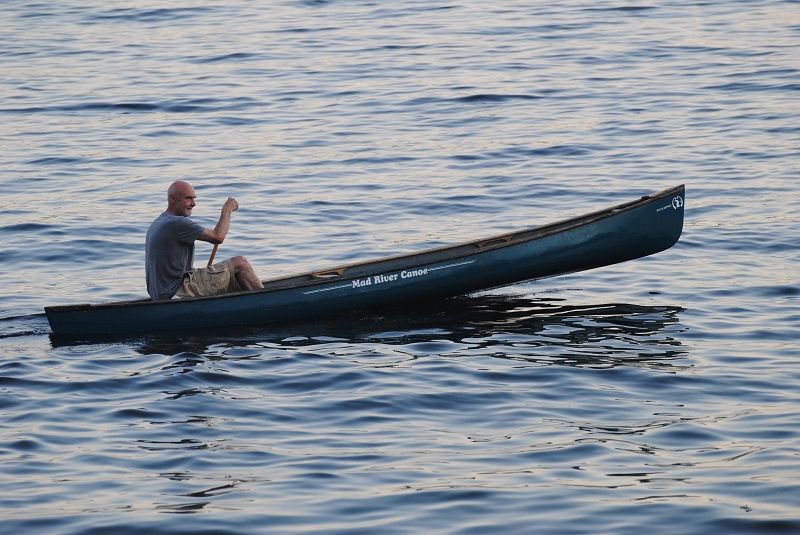by Daly Arnett, Kendall Deboer, Bridget Fleming, and Peter Murphy
Featured image: Courtesy of the Department of Art and Art History at the University of Rochester.
As a special insert for Issue 33 of Invisible Culture, we are pleased to present responses from Douglas Crimp’s friends, colleagues, and students to a questionnaire written by the journal editors. Contributors were invited to answer as many or as few of the questions as they wished. The questions, which are posted below, were designed to give our contributors the opportunity to reflect on Douglas in a myriad of ways. From the directness of recounting a story to the abstraction of an image, the responses generate new visions of Douglas while also revealing the private nature of his relationships with the authors. The editors of Invisible Culture would like to thank all of the participants for their responses.
Choose from the linked names below to be taken to that author’s response. If the author answered specific questions, the questions are included in the text. If the author wrote something outside the scope of the questionnaire, the texts are posted without any additional context.
- Answer Louise Lawler’s question in October: “What would Douglas Crimp say?”
- Or, to follow the title of Lawler’s exhibition: Why Pictures Now?
- Imagine an alternative space to museums. Describe what this space might look like.
- Or, map your own space (with words or images) that commingles arts, creativity, social world-making, intimate communities, or all/none of the above. A discotheque, if you will.
- Share an anecdote or memory you have of Douglas. Or, if you had the opportunity to share anything with Douglas now, what would it be?
- In Before Pictures, Douglas describes navigating between academia, life outside, and how each informs the other. Discuss leisure, and how academic work reflects personal life, or vice versa.
- Share academic models that might push against linearity. Academia tends to be fairly linear, while dance is often fluid (unless it’s a line dance). Translate the linearity of academia into the non-linearity of a dance, and then transpose that non-linear dance back into the “linear” form of a diagram. In brief, submit a response as a score for a dance piece, or provide a diagram for a dance.
- In the spirit of Douglas’s work with ACT UP: How do you understand the relationship between activism, arts, and academia?
- Draw a Picture.
Contributors:

